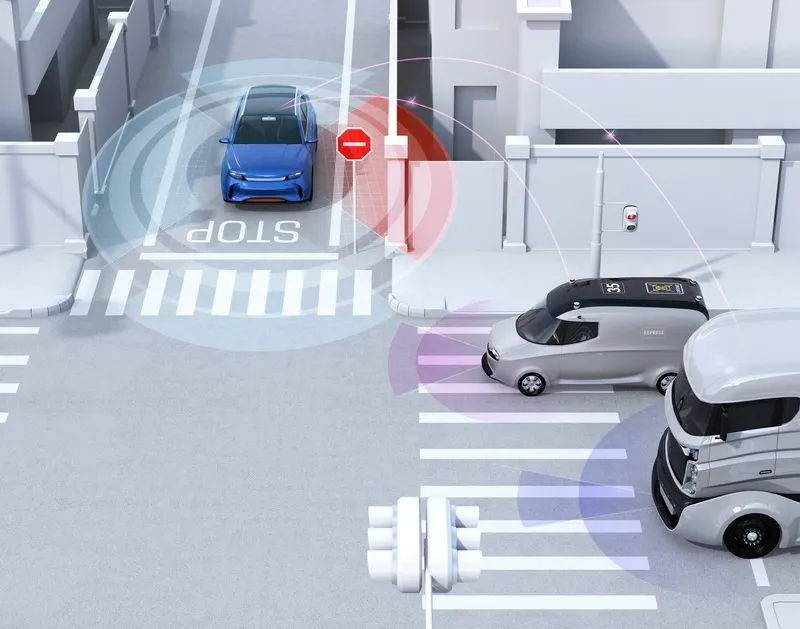InnovITS Advance, the UK research and development centre for telecommunications, automotive and electronics industries, has carried out a demonstration of capability in the area of eCall testing and certification.
March 26, 2012
Read time: 2 mins
RSS67 innovITS Advance, the UK research and development centre for telecommunications, automotive and electronics industries, has carried out a demonstration of capability in the area of eCall testing and certification. With its independent and fully controllable private GSM network and Skyclone GNSS denial capabilities, InnovITS says it is uniquely placed to provide an environment in which eCall systems can be tested under all conditions of signal quality and attenuation.
To carry out its demonstration of eCall, InnovITS worked together with partners4306 Denso Corporation, 4308 Cinterion, 491 TRL, 4310 Mira and PMN, to connect the site’s private GSM network to an external eCall Public Service Access Point (PSAP). They are all now planning to work towards implementing a comprehensive eCall test and certification service based at InnovITS Advance, which claims to be one of the first such facilities to offer this service in Europe.
“By successfully demonstrating functionality tests on an eCall equipped vehicle, InnovITS Advance has thus proven its capability to act as a robust and reliable site for the testing and certification of eCall products,” explains the facility’s CEO Phil Pettitt. “The presence of a network of roads covered by a fully controllable private GSM network is fundamental to the ability to provide such a robust testing environment. Over the coming months we will be working with our partners to establish on a permanent basis an eCall test and certification service that can be offered to customers on a commercial basis.”
“eCall is a very promising technology which I believe will have a major role to play in improving emergency service response times in those EU states implementing the system,” added Marcel Visser, global vice president automotive of Cinterion and chairman of the374 Ertico ITS Europe automotive suppliers sector platform. “By working together in a proactive manner, the technical partners in this self-funded project have demonstrated that the European automotive industry supply chain will be ready to embrace the test and certification needs of eCall using the dedicated ITS test and development facilities such as those of InnovITS Advance.”
To carry out its demonstration of eCall, InnovITS worked together with partners
“By successfully demonstrating functionality tests on an eCall equipped vehicle, InnovITS Advance has thus proven its capability to act as a robust and reliable site for the testing and certification of eCall products,” explains the facility’s CEO Phil Pettitt. “The presence of a network of roads covered by a fully controllable private GSM network is fundamental to the ability to provide such a robust testing environment. Over the coming months we will be working with our partners to establish on a permanent basis an eCall test and certification service that can be offered to customers on a commercial basis.”
“eCall is a very promising technology which I believe will have a major role to play in improving emergency service response times in those EU states implementing the system,” added Marcel Visser, global vice president automotive of Cinterion and chairman of the









